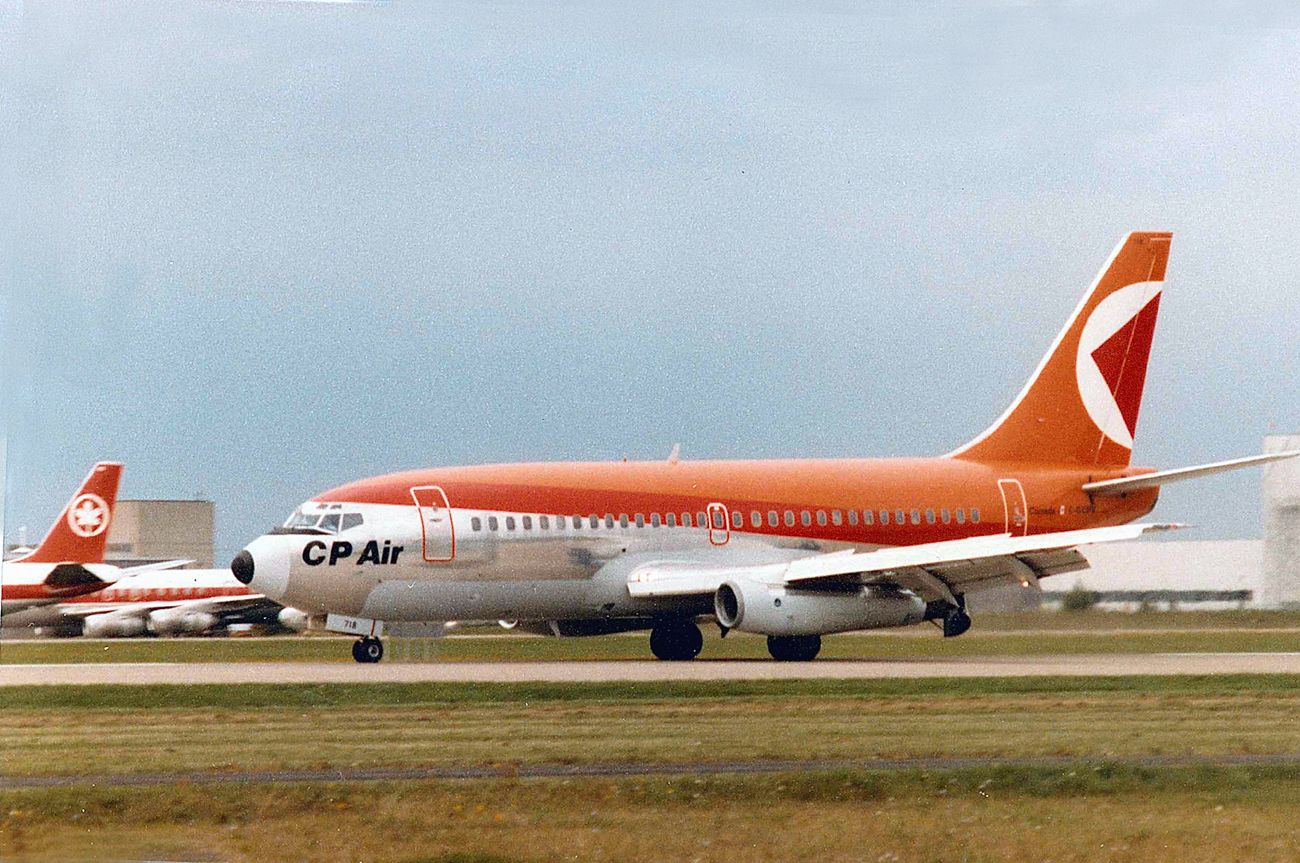Canadian Pacific Air Lines was formed in 1942 after the Canadian Pacific Railway Company purchased ten small bush airlines that included Ginger Coote Airways, Southern Air Transport, Wings, Prairie Airways, Mackenzie Air Services, Arrow Airways, Starratt Airways, Quebec Airways, and Montreal & Dominion Skyways, finishing with the purchase of Canadian Airways.
The early management of the new airline were largely bush pilot pioneers that included company president Grant McConachie, superintendent Punch Dickins, and Calgary repair depot manager Wop May. Sticking to its bush pilot heritage, Canadian Pacific Air Lines continued to fly off the beaten track routes while competing with government-owned Trans-Canada Air Lines (TCA, later Air Canada) on transcontinental and some international routes.
The airline was based in Vancouver
Despite the Canadian government establishing limits on who could fly where within Canada, Canadian Pacific Airlines was barred from flying from Vancouver to Toronto and internationally from Canada to London or Paris.
With its main hub at Vancouver International Airport (YVR), CP Air began flying polar routes to Australia, Hong Kong, and China. Flights to Sydney started in 1949 with refueling stops along the way using a version of the Douglas DC-4 called the "Canadair North Star." In 1951 the Canadair North Stars were replaced by Douglas DC-4 and then by Douglas DC-6Bs in 1953. Flight to Lima, Peru, and Buenos Aires, Argentina commenced, and by 1956 the airline was offering three flights a week between Vancouver and Amsterdam.
In 1958 the airline introduced Bristol Britannia turboprop aircraft into its fleet and then Douglas DC-8 jets in 1961 with the Britannia's continuing to fly routes that were unsuitable for the new jets. In 1968 Canadian Pacific Air Lines was rebranded as CP Air after the Canadian Pacific Railway Company decided to rebrand its subsidies as CP Hotels, CP Ships, and CP Transport.
By the 1970s, the airlines now had Boeing 737-200 and Boeing 727-100, which it used for flights between Vancouver, Los Angeles, and San Francisco in California. In 1986 CP Air became the first North American carrier to offer a non-stop flight to China with a weekly flight to Shanghai.
With regulations on where CP Air could fly removed, the airline scrambled to buy more planes while at the same time racking up some massive debts. The debt increased competition from other airlines and an economic downturn in Asia soon took a toll on CP Air's expansion.
CP Air reverts back to its original name
In 1986 CP Air decided to rebrand itself using its original Canadian Pacific Air Lines name and eliminate its bright orange livery for a new blue color scheme and logo. However, the airline's rebirth was short-lived, with it being bought less than a year later by Calgary-based Pacific Western Airlines (PWA). PWA assumed all of Canadian Pacific Air Lines debt and rebranded as Canadian Airlines International (CAI). In 2000 CAI was taken over and merged into Air Canada.
According to the aviation data and statistics website ch-aviation, during its 45 years year history Canadian Pacific Air operated a fleet comprising the following aircraft:
- 7 x Airbus A310-300
- 13 x Airbus A320-200s
- 1 x Boeing 727-100
- 1 x Boeing 737-100 (RE)
- 41 x Boeing 737-200s
- 7 X Boeing 737-200(C)
- 4 x Boeing 737-400s
- 25 X Boeing 767-300ERs
- 1 X DC-10-10
- 9 X DC-10-30
** Earlier models such as the Douglas and Britannia planes and Boeing 707s are not included in the list of aircraft.**

.jpg)
.jpg)
